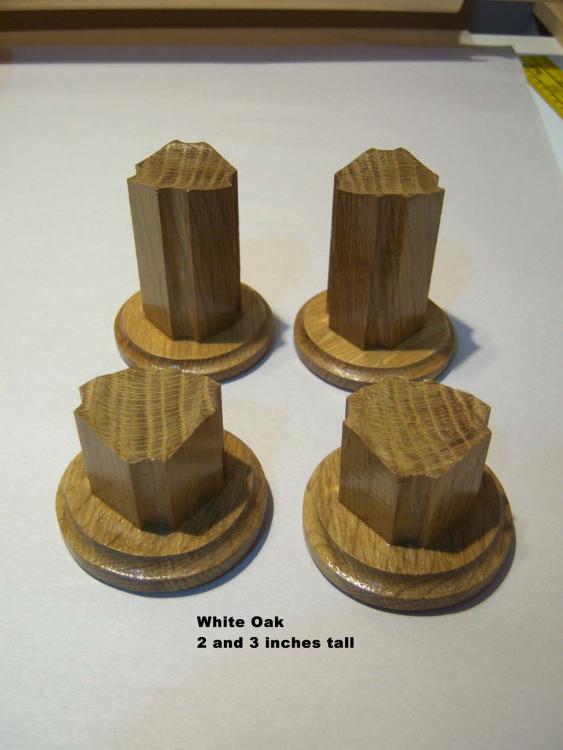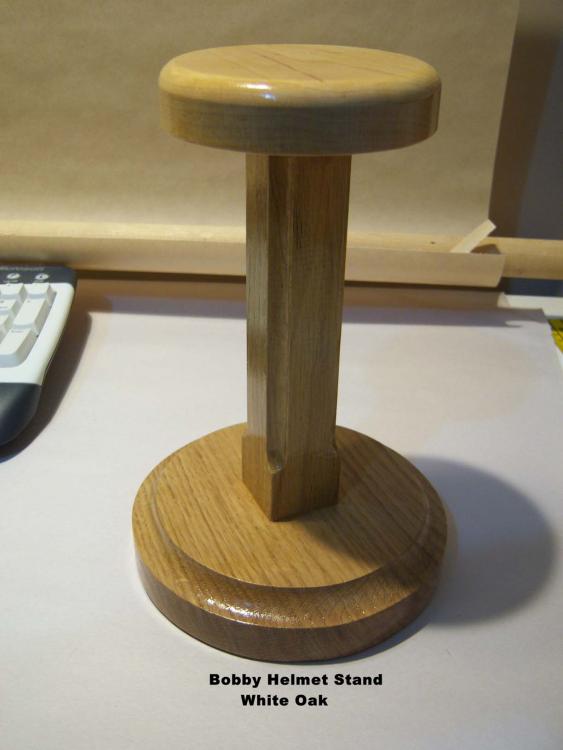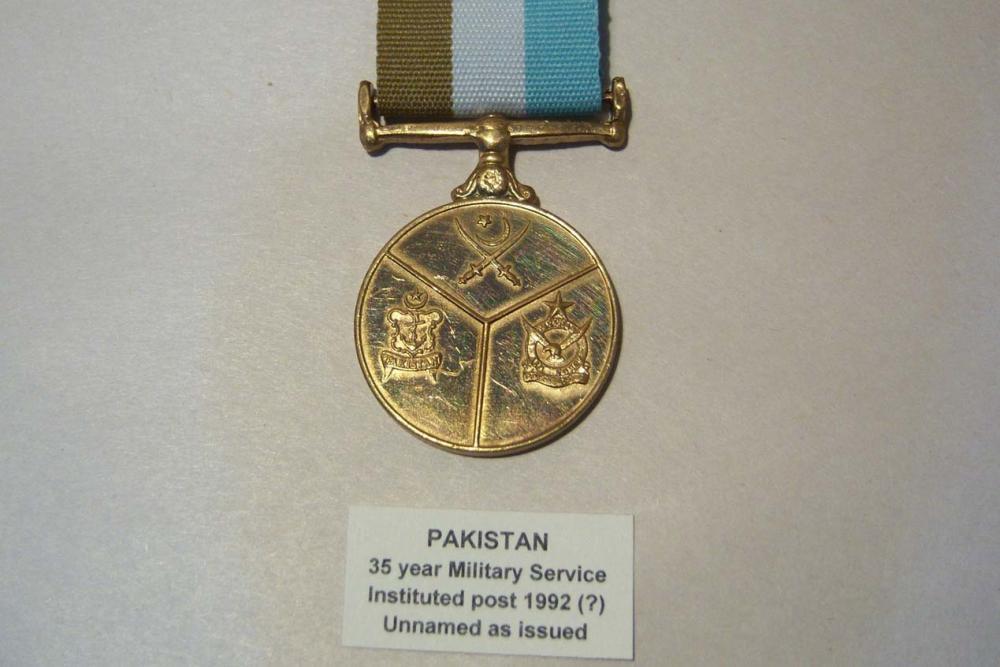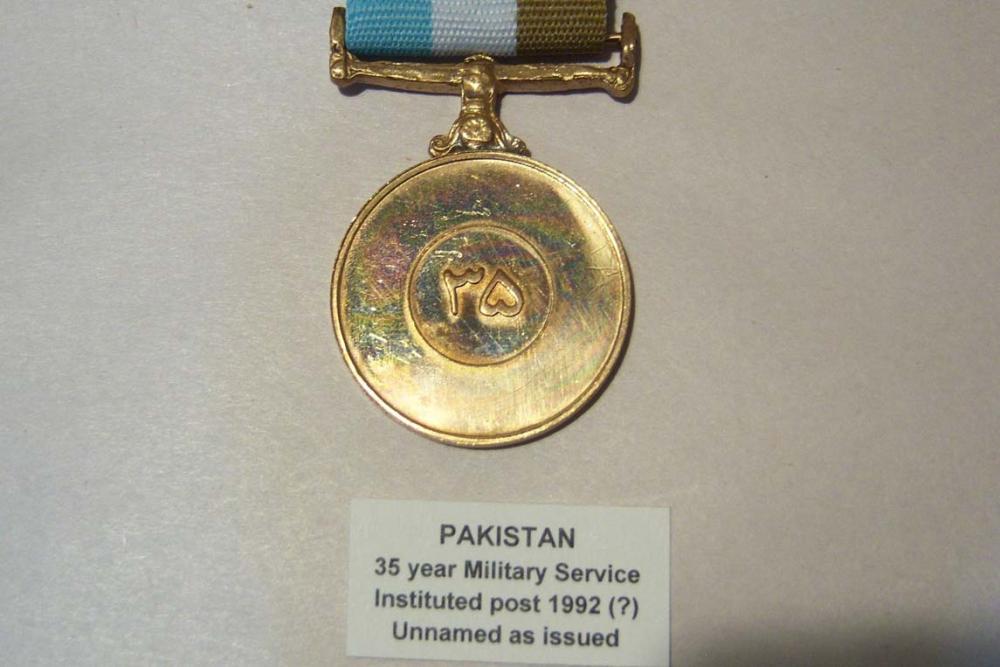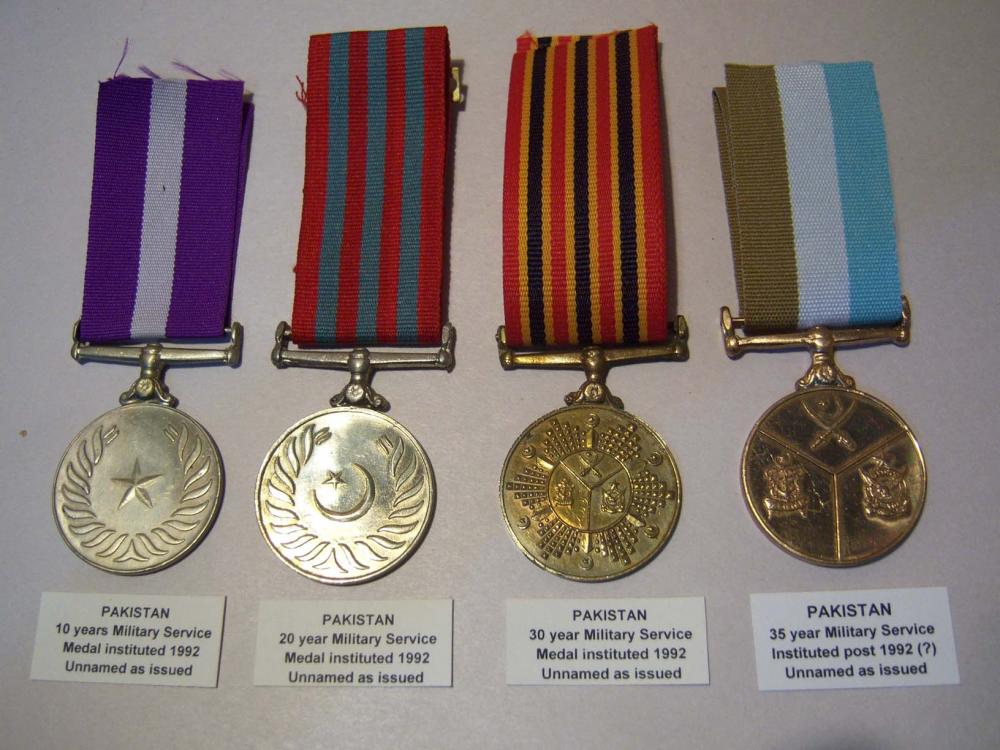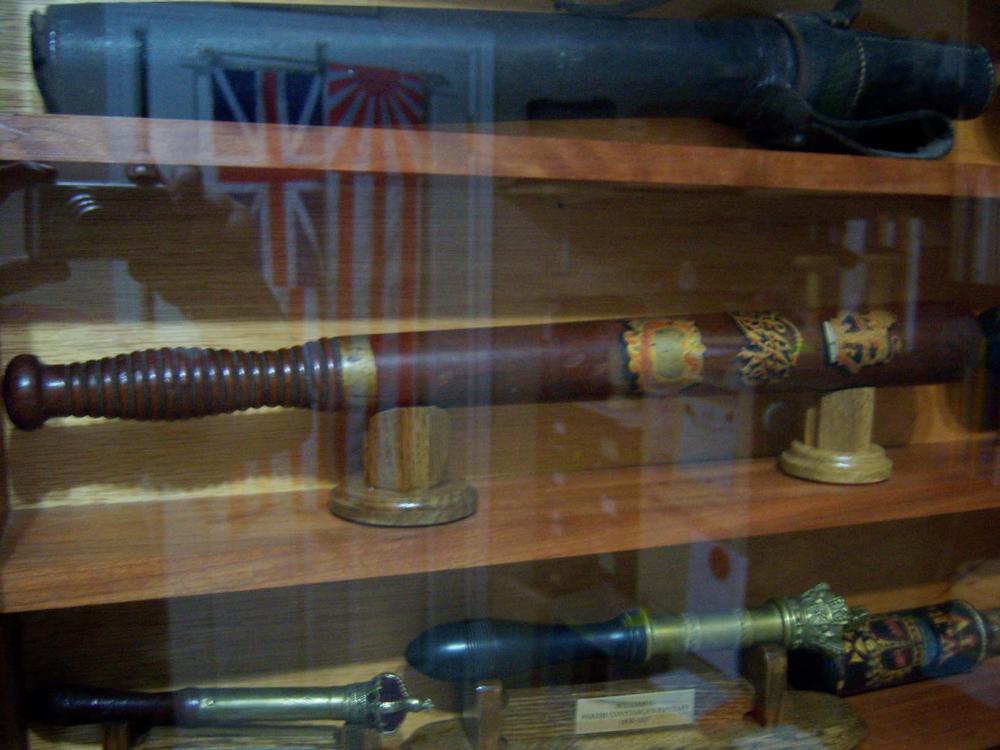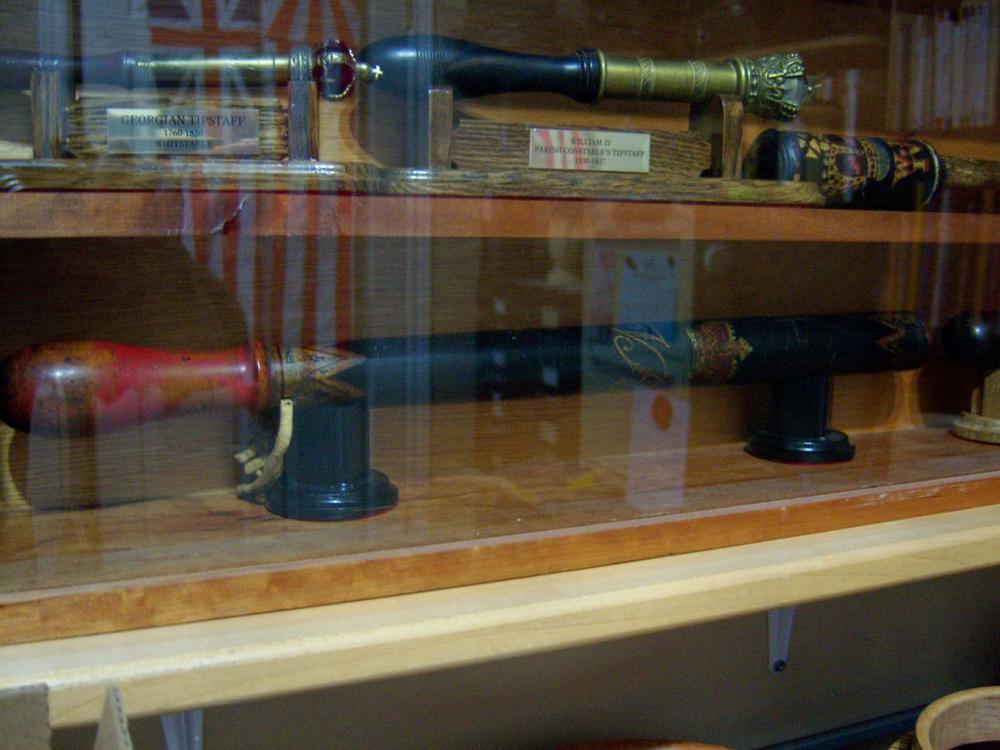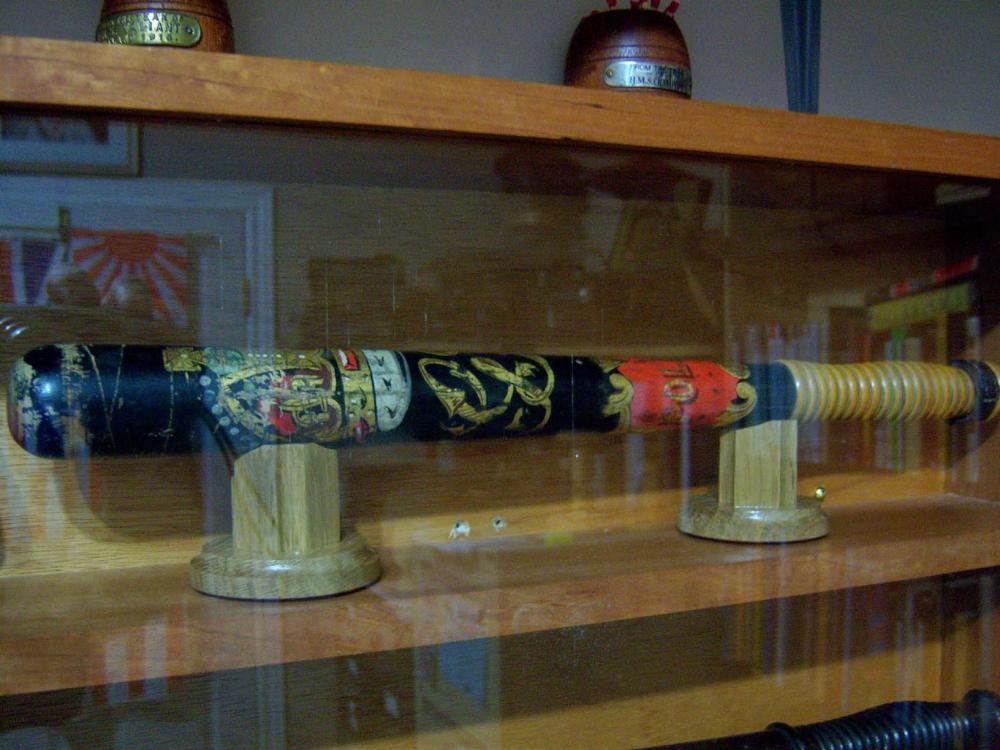-
Posts
6,486 -
Joined
-
Last visited
-
Days Won
10
Content Type
Profiles
Forums
Blogs
Gallery
Events
Store
Everything posted by Brian Wolfe
-

Warning This Blog May Be Offensive
Brian Wolfe commented on Brian Wolfe's blog entry in News From the Home Office.
Hmmm indeed. Sounds about correct though. LOL I will have to bow to your knowledge of who might live in the Artic as you reside much closer to the North Pole. Regards from the sunny tropicical south (New Hamburg for those who don't know). Brian -
The content of this blog may be offensive to some readers and should probably not be viewed by readership under the age of 14. Content may include nudity, coarse language and/or violence (though probably not). Reader discretion is strongly advised. After what could be easily described as a Dickensian childhood I am not what you would term as a warm-hearted individual. The fact that I have never watched the movie “A Christmas Carol” past the first half point, I did like the whole ghost segment, is not to say I am completely lacking in compassion. As an example, living in Canada, we get a good deal of snow and the municipal sidewalks require by law to be cleared by the abutting property’s owner. My section of municipal sidewalk is 180 feet in length. I don’t know what that is in metric measure because, first I remove the snow in the imperial system of measurement and secondly if you want it in metric you can come over and remove the snow and measure it anyway you want. My neighbour next door has a heart condition so I remove an additional 100 feet of snow from his sidewalk. Once this is completed I remove the snow from my driveway and the sidewalks surrounding our home. This year the neighbour on the other side of the street just experience a heart attack so I decided I would also remove he snow at his place for the winter to allow him time to recover. I do these tasks with a snow blower machine; the largest, most powerful machine I could find. The neighbours have nicknamed it “The Beast”; or at least I think they are talking about the snow blower. The first time I removed my neighbour’s snow, which was unannounced, his wife hugged me....now understand that I do not like to be touched. If I knew doing a good turn would result in a hug I would probably have avoided the act in the first place. Today I received a large plate of cookies. Now we’re talking. I speak fluent “cookie”. I said to my dear wife. Linda, “Wouldn’t it be funny if there were peanuts in the cookies and by thanking me she killed me (I have a peanut allergy). Linda didn’t think that was funny at all. So I am not a warm individual and also have a sick sense of humour. This brings me to my point. Anyone who has ever read my blogs knows by now it takes a while to get around to the actual point; if indeed there even is one. While attending the shopping mall to pay homage to the patron saint of retail sales, Santa Clause, by throwing good money (I mean “investing”) in cheaply made gaudy toys for the grandchildren an interesting thing happened. An older sales representative wished a younger woman a “Merry Christmas”. To this the young woman replied, “That’s Season’s Greetings” not “Merry Christmas”; “Merry Christmas” might insult some people. Well, I though, that’s interesting. You mean that is all it takes to insult some people? All this time I have worked so hard to annoy others and this is all it took. Well you can imagine just how frustrated I was after expending all of that effort over all those years. Here’s my way of looking at it. Don’t care? Too bad, you should have known better than to have read this far; don’t blame me for your short comings. Not my circus, not my monkeys. If I were to wish someone “Season’s Greetings” then to my compulsive obsessive mind I would be wishing them good wishes throughout the whole season. What, two or three weeks? By wishing them a “Merry Christmas” I am only extending those wishes over a 24 hour period. I might not really know this person and if I actually took the time to do so I would most likely find some reason to dislike them. Merry Christmas (the 24 hour greeting limit) is both efficient and time specific; not all wishy washy, warm and fuzzy like the imprecise “Season’s Greeting” which has the potential to go on and on forever. If I don’t really know you then be satisfied with a “Merry Christmas”, be happy with that and don’t push your luck. As to the membership of the GMIC, over the years I have gotten to know many of you and even those I have yet to meet seem to be a pretty good lot. So I am wishing you all both a “Season’s Greetings’ AND a “Merry Christmas”. Well, except for “you-know-who” he just gets a “Merry Christmas”. Regards Brian
-
Hi Laurence, Thanks for posting the photos; I too think they are quite interesting and having your father in the groups is a plus. Sorry I didn't get back to you sooner. A friend from Australia and I spent some time looking at the photos and discussing them during a Skype visit and then I forgot to reply to your posts. I would blame old age but that would make me "old" for the past 60 some odd years. LOL Take care and may you and yours have a very merry Christmas Regards Brian
-
I will be glad to do so, possibly later this year when we get frozen indoors by our Canadian winter. Regards Brian
-
Hello Hashim, Welcome to the forum and thank you for the complement I agree the 40 year service medal is the rarest and I doubt I will ever see one in my collection. This is the first photo I have seen of the "40" and it is rather impressive, thank you for adding valuable information to this post, it is greatly appreciated. You must be very proud of your grand dad and anyone who has studied the military history of Pakistan knows just how rigorous and dangerous military service can be. Pakistan has also contributed a great deal outside of their own country in the promotion of world peace, through the United Nations and their relationship with NATO. Regards Brian
-

Brodie Helmets
Brian Wolfe replied to paul kennedy's topic in Great Britain: Militaria: Badges, Uniforms & Equipment
Looks to be post WWI, so WWII perhaps, but that's about all I can tell. I have actually posted this reply mainly to bring your post to keep it current with the hope someone with more knowledge will see it and help you out. Regards Brian -

Stands to display truncheon collection
Brian Wolfe replied to timroutley's topic in Police Forces of the World
Hi Robin, I like them hung on the wall as well but wall space here is pretty well used up...there is the washroom walls however. LOL Hi Speagle, I used white oak but any wood would work as well. I made these as well as several pairs in different heights for Mervyn's shop in SA a few years ago. The reason I used white oak is that I like the grain and I purchased a small truck load of rough white oak for the shop, so it was available. I've included a photo of one of the several stands I made for the British Bobby Helmet collection and use these as well for military steel helmets as well as forage caps. You can see I stuck to a similar theme as far as the columns and base design as the truncheon stands. I hope you like them. Anyone wanting to make these can do so quite easily and I will gladly give them some tips to save injured fingers etc. Regards Brian -

Stands to display truncheon collection
Brian Wolfe replied to timroutley's topic in Police Forces of the World
Thank you Peter. Regards Brian -
Hello Everyone, It is not often that I get the chance to add a new specimen to the Pakistan collection, as is evidenced by the last post dated June 16, 2012 as seen above. I am lucky to have a source in Pakistan and he has found me a 35 year military service medal which arrived yesterday. These are hard to find as can be imagined with only one higher, the 40 year service medal. From what my source has told me there have only been 8 of the 40 year service medals awarded to date and only one of those found its way to market. He missed the chance to own the 40 and I am sure I will be many years older before another is offered for sale. The date the 35 year medal was instituted is not know at this time but we know it would have to be post 1992 (the year the 30 year medal was instituted. I hope you like my newest addition. Regards Brian
-

Stands to display truncheon collection
Brian Wolfe replied to timroutley's topic in Police Forces of the World
I've made individual stands for mine as I tend to move them around from time to time and room to room just to keep things from getting to hum-drum. The advantage of the single column stand is that i will fit just about any truncheon, riot club or pole-arm for which you might use them. I would sugget a Japanese sword rack style display for multiple item display. I've made several sword stands for my Japanese collection but never one for truncheons but I don't see why it would not work. You'd have to dimention your lumber stock down to match the size of the truncheon as sword stands ise ½ inch material, at lease mine do. Sorry about the quality of the photos as these are behind glass in my office at the moment. I dust and straighten up my office about once per millenium so it keeps them safe and sound when not in the collection room displays. Regards Brian -
First dug-up sten I've seen, thanks for posting the photos. Looks like there may not be many more generations who might find such artifacts before they are nothing but a reddish stain in the ground. Regards Brian
-
Thanks for the additional information Hardy. Interesting how so many people claimed to have invented the copper tube device, which tends to cloud accurate historical records today; or perhaps it was a case of parallel evolution. With all of the ills of social medial we hear about having almost universal sharing of events and discoveries may lessen this problem. Regards Brian
-
Hello Everyone, One of the main purposes of any forum in my, less than humble, opinion is to advance the knowledge of a given subject. I must admit to having been rather remiss in the resent past in advancing this aim. This is not in way of an apology as I will not alibi any action or lack thereof due to circumstances beyond my control. With this in mind I would like to look deeper into the subject of this post and the probable dating of the Joseph Manton “dueling” pistol. Taking into consideration Mervin’s point I think the pistol pictured is more than likely a target pistol rather than a dueling pistol. However the act of dueling did linger on until the mid 1800’s even though to kill another, even in a duel, could result in the charge of murder. The passing of any law is not necessarily a guarantee the action will cease. After all, one of the points of one of the oldest codes of conduct (apparently there were ten points altogether) has done little to put a lid on adultery. So it would stand to reason that “wigs on the green” would continue regardless of legislation. Considering any boxed set of pistols is often referred to as “dueling pistols” when in fact they are not and were never meant to be used in the act of dueling I am now confident that the pistol in question is a target pistol. This likely hood (IMO) is fortified by the historical fact that Joseph Manton was an enthusiastic practitioner of the sport of target shooting. I have not had the luxury of seeing photos of the set of pistols mentioned in an earlier post by Rodrigo. Therefore I will, due to this restriction, have to assume they are the same as the one I have offered up for consideration. If we look at Rodrigo’s suggested date of manufacture as the 1770’s then I believe applying the test of Terminus post quem (TPQ), or the earliest time an event may have happened, negates this as Joseph Manton did not start his own business until 1789. If we want to “bracket” this with the last date the event could have happened, or Terminus ante quem (TAQ) then we would be looking at 1826 when he went bankrupt. So here we are looking at a date between 1789 and 1826. If we take into consideration that the pistol I posted is a percussion cap ignition (also known as the “percussion lock) then we may be able to narrow the time period down a bit more. The discovery of fulminate of mercury in 1800 by Edward Charles Howard made it possible for the invention of the percussion ignition system. It was the Rev. Alexander John Forsyth of Belhelvie, Aberdeenshire, Scotland who patented the use of a tube with one end sealed off and the tube fill with fulminates of mercury as an ignition system in 1807 that led to the percussion system we recognize today. It might also be interesting to note here that all modern cartridge ammunition uses a similar method of igniting the charge in the in the round’s casing. It was not until 1842, after extensive testing by the board of ordnance in 1833, that the British military adapted the percussion lock for use with the “Brown Bess”. This date can be ignored as private sale of newly invented ideas were always sold to the public well ahead of military use; unlike today. I just thought I would add this information here. Armed with these recorded historical events of the invention of the percussion cap in 1807 and Joseph Manton’s bankruptcy date of 1826 we can apply TPQ and TAQ to say that the pistol had to have been made some time between those two dates. A time-span of nineteen years is not as finite as I would like and perhaps someone reading this entry will shed more light on the subject. Regards Brian
-

Japanese Victory Medals
Brian Wolfe replied to Tim B's topic in Inter-Allied Victory Medals of the Great War
Considering your post regarding this being an expensive hobby I think you did alright at $180. I would suggest that you attempt to always purchase your Japanese medals etc. with their original boxes, as you have done here. I made the mistake of purchasing some without their boxes and then later on either purchased the box or in most cases purchased the medal and box together and then placing the origial in my "surplus box", where it will probably stay until my heirs sell off the collection. Regards Brian -
Thank you for your comment and additional information, it is greatly appreciated. I must admit to being surprised that these were produced in the 1770's as mine has been manufactured as a percussion firearm and not a conversion from flintlock. Possibly there were not indeed dueling pistols but rather made as "target" pistols? If your dating is correct then I would think they were indeed made as dueling pistols. I do like your dating much better. Regards Brian
-
I would assume that the accountability number on the side would have been recorded beside the PC's name when issued at the beginning of his shift. If my assumption is correct then there would be no one constable to whom this truncheon was assigned. Much like the police lanterns, which have been featured on this forum a few years ago, one particular lantern would have possibly been issued to different PCs at the start of their shift. Regards Brian
-
Hello, One of the first things I noticed was that the printing and art work are upside down compaired with the examples I have seen and those in my modest collection. I believe that the painted truncheon was the next progression after the tip staff and would have been used to show the officer's legislative authority. Holding a tip satff or a painted truncheon "up" as their warrant card, so-to-speak, would necessitate that the printing would be the correct way up when viewed by the suspect. Best not to put too much faith in my opinion as I am not an authority on the subject. Regards Brian
-

Learning From History 2
Brian Wolfe commented on Brian Wolfe's blog entry in News From the Home Office.
Thanks Bernhard, Good point and a (more or less) modern example of what I was talking about. I must admit that the battle of Jutland had slipped my mind and would have made a great addition to the blog. Thanks for mentioning this battle it really brings the topic up to date. Regards Brian -

Learning From History 2
Brian Wolfe commented on Brian Wolfe's blog entry in News From the Home Office.
Thanks Chris, Sorry for the late response; my old computer or my old mind missed your comment back in April. I'm going to blame the computer at least for a few more years. Regards Brian -

Applying Lessons From History
Brian Wolfe commented on Brian Wolfe's blog entry in News From the Home Office.
Thanks Spasm. Also thank you for the information regarding your uncle and his bill for the rifle he "misplaced". I say "misplaced" in jest of course. It almost seemed like the War Office thought he had a choice or simply carelessly left it behind in the pub. This is information I find extremely interesting. When we first start to take interest in history, as a child in my case, we are first exposed to the dates and who fought the war, and, of course, who won. Then we take a closer look at the regiments and their equipment, also perhaps the conditions under which the lived and fought. There comes a time when you feel that there is little new "out there" to be learned. The someone such as yourself adds a tidbit of information and the word of learning suddenly becomes brighter. Thank you again for this addition to my knowledge. Regards Brian -
Applying Lessons from History “I’m so smart” said Homer Simpson, “S-m-r-t”, spelling the word while bragging and at the same time showing the evident lack of intellect. Perhaps not the best example of multitasking. While Homer is the “star” of the popular cartoon sit-com this statement reminded me of the multitude of armchair generals surrounding us. I don’t follow sports, on any level (thereby cementing my status as a “nerd”), but I believe “Monday Morning Quarterback” is the sports equivalent to “Armchair General”. Both making calls well after the fact and with full knowledge the outcome. Most so called sports game experts at least actually watch the game in question. The history expert must draw his or her (yes these irritating people are not gender specific) from the works of others, some of which have as little formal training in the field as…well…me. Making things worse are those who “were there” and then write histories that favour their own side or in an effort to further their own career and or egos. I won’t mention any names but I believe I have covered that Churchillian practice in an earlier blog. As many of our membership knows the battlefield can be a confusing place. Perhaps understanding exactly what is taking place at the time is impossible. Even police actions on what the public sees as a small operation can be a nightmare to organize and orchestrate. Fire scenes, even without the smoke and noise requires the highest degree of organization. Then, of course, there is most of the rest of us who would find it difficult to organize a one vehicle funeral procession. From the days of two forces meeting on the battle field, knowing when to form line to take cannon fire and the order to form square to receive cavalry, to the battle ground of the 20th Century matters only got more and more confusing. With that in mind let’s first look what was transpiring in France in May, 1940. The allies were in full retreat from the Germans and heading to Dunkirk with the hope of evacuation to England. Enter Generaloberst Gerd von Rundstedt of Army Group A, one of the leaders of the German forces. As noted above the allies were in full retreat leaving what resembled a debris trail in their wake. This “debris” included vehicles, artillery pieces, heavy machineguns and everything except light arms which, to the credit of the soldiers and their training, they had retained. With the German army supported by the Luftwaffe prospects looked dim for the allies. Suddenly the German forces were ordered, by their commander Generaloberst von Rundstedt, to halt. At first history would record this as an order coming directly from Hitler but later it would be found that Hitler had merely confirmed the initial order issued by von Rundstedt. Why would the General order a halt of his forces? We may never know so let’s speculate; as that’s what armchair generals do best. History may have taught the General that outstripping one’s supply lines plus your supporting infantry, thereby leaving the possibility of the enemy exercising a flanking maneuver, was a real threat. We, here in the future, know that allies were devoid of any heavy equipment and armament, however that may not have been as obvious to the German leader back in the day. I do think it safe to make the assumption that had the Germans not halted when they did the allies would not have had time to evacuate. This assumption is made completely ignoring the sacrifice of the brave French soldiers who fought a rear guard action against the Germans further slowing their advance. That action and any other stalling actions by the allies, had the events unfolded in any manner as they did, may have indeed resulted in the evacuation taking place to one degree or another. Stepping back in time, yet staying with the French, let’s look at some of the military decisions made by them based on of centuries of warfare. The French are an intellectual lot and have, through history been at the leading edge in the areas of art, science and military, to name a few. Since the dawn of the medieval times, and even before then, the French have won and lost battles and even wars using massed armies. The Hundred Years War, Franco Prussian War and the Napoleonic Wars, all employed massed armies, whether France was the victor or the defeated the lesson that massed armies was the “answer” to successful military tactics was driven home. This being the case it is no surprise that the response to The German Schlieffen Plan, a plan to encircle Paris at the outbreak of a war in the early part of the twentieth century was France’s Plan Seventeen. Plan Seventeen was a plan where the French would attack, with a massed army, due east straight toward Berlin. Due to the resistance by the Low Countries to the German advance and the failure of the Germans to implement the Schlieffen Plan with the suggested number of regiments the advance was turned well short of Paris. This left the familiar two massed armies facing one another but this time with advanced weapons of war, i.e. long range rifles and not smooth bore muskets and rapid firing machineguns. The result, the trenches of the First World War. After centuries of massed armies meeting on the field battle something relatively new. Sadly the practice of employing massed armies lingered on in the tactics supported by the leaders of the German and the allied militaries. Even though the static form of trench warfare was broken and the war ended in fluid tactics the French noted that the massed army of the Germans was stopped in its tracks by trenches, a form of fortification, so-to-speak. Between the wars the French dug in along their frontier with the development of the Maginot Line. Once again it would appear that an attempt was made, in this case by the French, to learn from the past. Germany did, however, take lessons from the tactics used at the end of the War and developed the Blitzkrieg to great success. We know how well the Maginot line held up to the fluidity of “lighting war”. At this point, in wrapping up, I allude to the original theme of this series, “Can we learn from history?” Looks like a rather hit and miss proposition at best, relying, like in so many campaigns through the millenniums, on luck. Regards Brian
-
Hi ccj, Thanks for sharing these with us. I too have an interest in WWII Finnish military. Regards Brian



